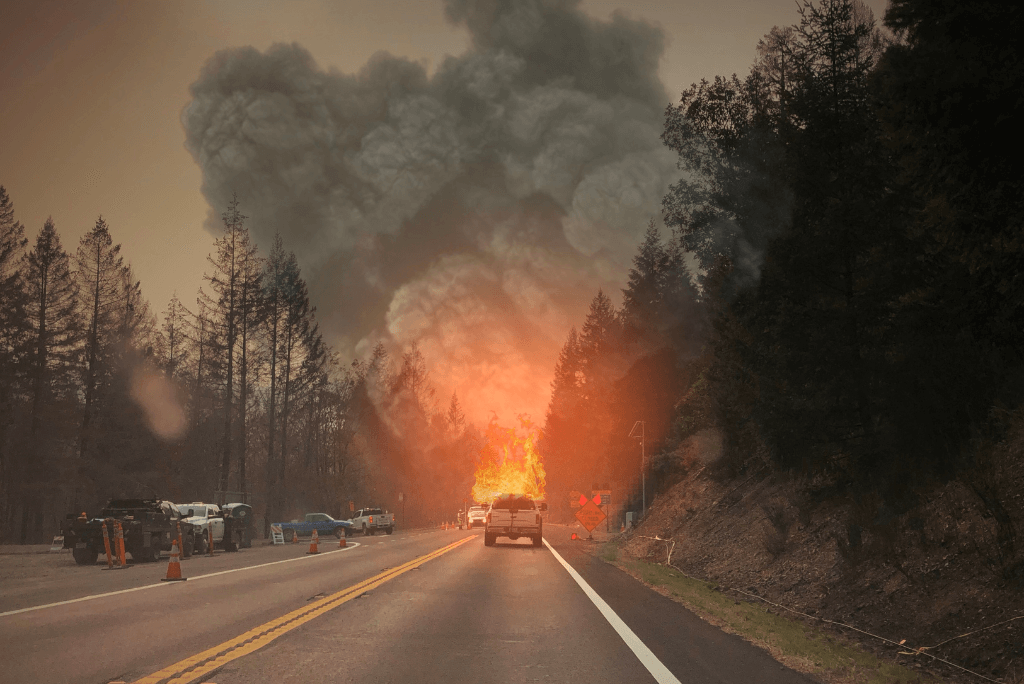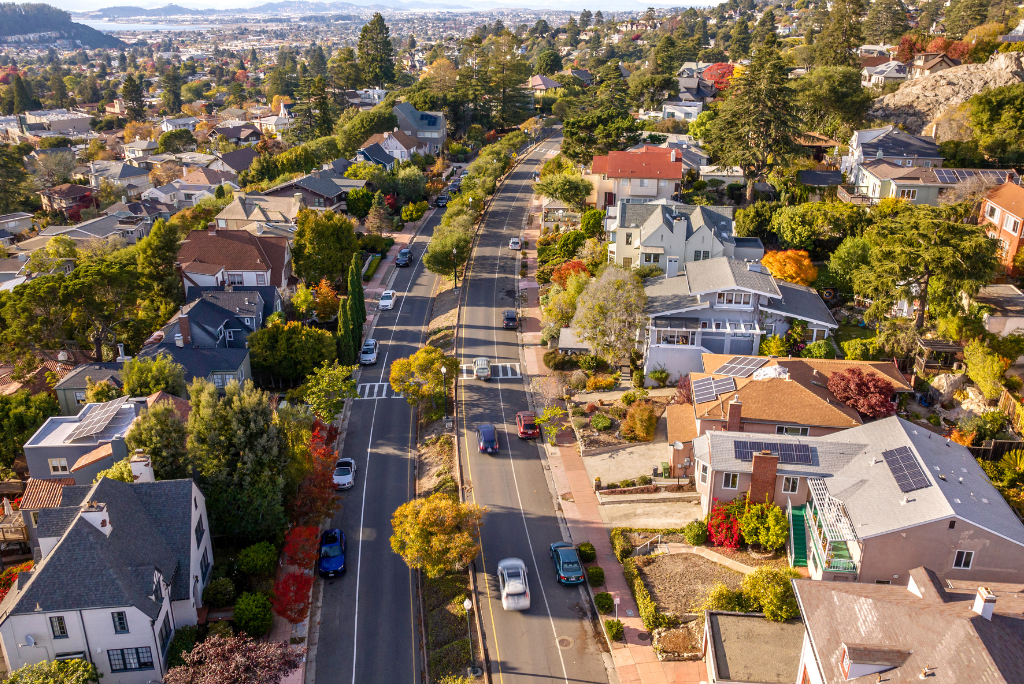The devastating wildfires in Los Angeles this year are reshaping California’s real estate and insurance landscape. According to a preliminary report from AccuWeather, with insured losses potentially reaching $20 billion and broader economic damages estimated between $250 billion and $275 billion, these fires underscore the intensifying risks of living in a wildfire-prone state. Beyond the immediate destruction, the impact of LA fires on California insurance prices is straining California’s market, driving up premiums, and creating challenges for homeowners and prospective buyers alike.
Read more about the impact of the 2025 LA Fires on the California Real Estate market here.
Current Situation: Wildfire Destruction and Losses

The scale of destruction caused by the recent LA wildfires is staggering. Over 17,000 structures have been destroyed, with vast areas of land consumed. Tragically, at least 27 lives have been lost, and containment efforts are ongoing. Insured loss estimates hover around $32.5 billion, making these fires potentially the most expensive in California’s history.
While these numbers capture the financial toll, they also highlight the increasing frequency and intensity of wildfires in the region—a trend closely linked to climate change and urban sprawl into high-risk areas.
Impact of 2025 LA Fires on California’s Insurance Market

Strain on Insurers
California’s insurance market has been under stress for years, and the LA fires have exacerbated the situation. Major insurers like State Farm and Allstate have begun scaling back their presence in high-risk areas, leaving many homeowners with limited options.
The California FAIR Plan, the state’s insurer of last resort, has seen a dramatic 123% increase in policies over the past three years. This surge indicates how many Californians are finding it impossible to secure private insurance coverage.
Rising Premiums
Even for homeowners whose properties remain untouched by fire, the ripple effects of these disasters are undeniable. Insurance premiums across the state are expected to rise significantly due to the heightened perception of wildfire risk.
For residents in wildfire-prone neighborhoods, annual premiums can now reach between $10,000 and $15,000. In some cases, the costs are forcing homeowners to make difficult decisions, including dropping coverage entirely—a precarious gamble in today’s climate reality.
According to Housing Wire, State Farm has increased premiums in CA by 22+. Read more here.
Regulatory Challenges
California recently introduced reforms aimed at stabilizing the insurance market. These include:
- Allowing insurers to incorporate reinsurance costs into premiums (with regulated caps).
- Requiring companies to increase coverage in high-risk areas incrementally.
- Approving the use of AI-powered catastrophe modeling for more accurate risk assessments.
However, the devastation wrought by the LA fires complicates these efforts. Some insurers, like Farmers Insurance, have announced plans to re-enter the market citing these reforms, but the staggering losses may discourage others from following suit.
Broader Economic Implications

Economic Toll
Preliminary estimates of the economic damage from the LA wildfires estimate a total loss of up to $275 billion. Insured losses are expected to account for 25% to 50% of this figure. These numbers position the LA fires among the costliest natural disasters in U.S. history, with profound implications for California’s economy.
Impacts on Real Estate
Rising insurance premiums are a growing concern in California’s real estate market. Potential buyers in high-risk areas are increasingly factoring in the cost and availability of fire insurance when making purchasing decisions. Some neighborhoods are becoming less desirable, potentially impacting property values.
In wildfire-prone areas, sellers may face prolonged listing periods or be forced to lower prices to attract buyers willing to assume the heightened risks. Conversely, safer zones may see a spike in demand, driving up property values and creating affordability challenges.
Navigating the Insurance Landscape
For homeowners and buyers navigating the complexities of California’s insurance market, understanding your options is critical. Here are a few key tips:
- Be Proactive: Insurers must provide 75 days’ notice before non-renewal. Use this time to explore alternative coverage options or fire abatement measures that might allow you to retain your policy.
- Leverage the FAIR Plan: While not ideal, the California FAIR Plan offers a safety net for homeowners unable to secure private insurance.
- Evaluate Risk: Prospective buyers should carefully assess a property’s wildfire risk and factor in the potential costs of insurance before making a decision.
Long-Term Consequences and Solutions

The impact of LA fires on California insurance prices has highlighted the urgent need for systemic solutions to address the state’s growing wildfire risk. In the long term, California must:
- Invest in Fire Prevention: Increased funding for vegetation management, controlled burns, and community education can reduce the frequency and severity of wildfires.
- Enhance Building Codes: Strengthening building codes in high-risk areas can help mitigate damage and improve insurability.
- Expand Market Options: Encouraging insurers to remain in the market by balancing risk-sharing measures with financial safeguards is essential.
Conclusion
The recent LA wildfires highlight the challenges of living in wildfire-prone California, with homeowners facing rising insurance premiums and market instability. The state needs a multifaceted approach balancing regulatory reforms, insurer incentives, and community resilience efforts to stabilize the insurance market and protect residents. This critical moment will determine California’s ability to manage increasing natural disaster risks, impacting its real estate market and economy.


